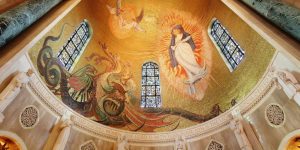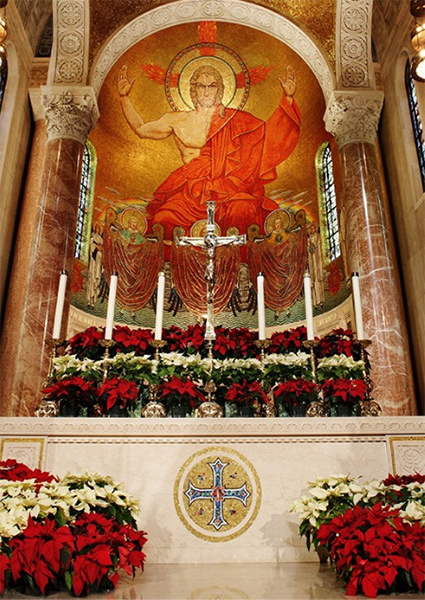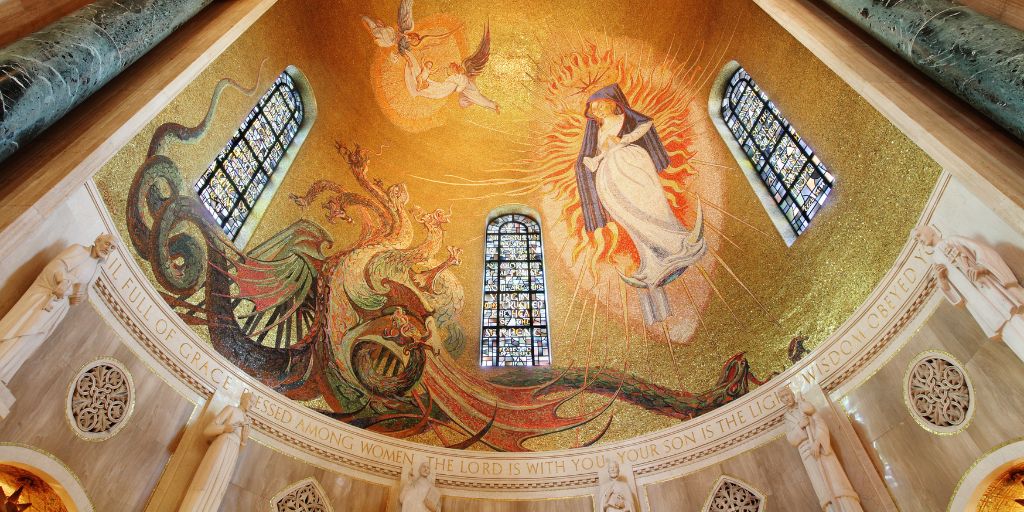
Every July, the Church celebrates many saints with feast days and memorials, honoring their unique contributions to the faith and reflecting on their lives of holiness. From the patron saint of Europe to the man who established the Jesuit order, they each have something to teach us. In today’s post, we invite you to read about three saints celebrated this month and why you should know their stories.
Saint Benedict of Nursia – July 11
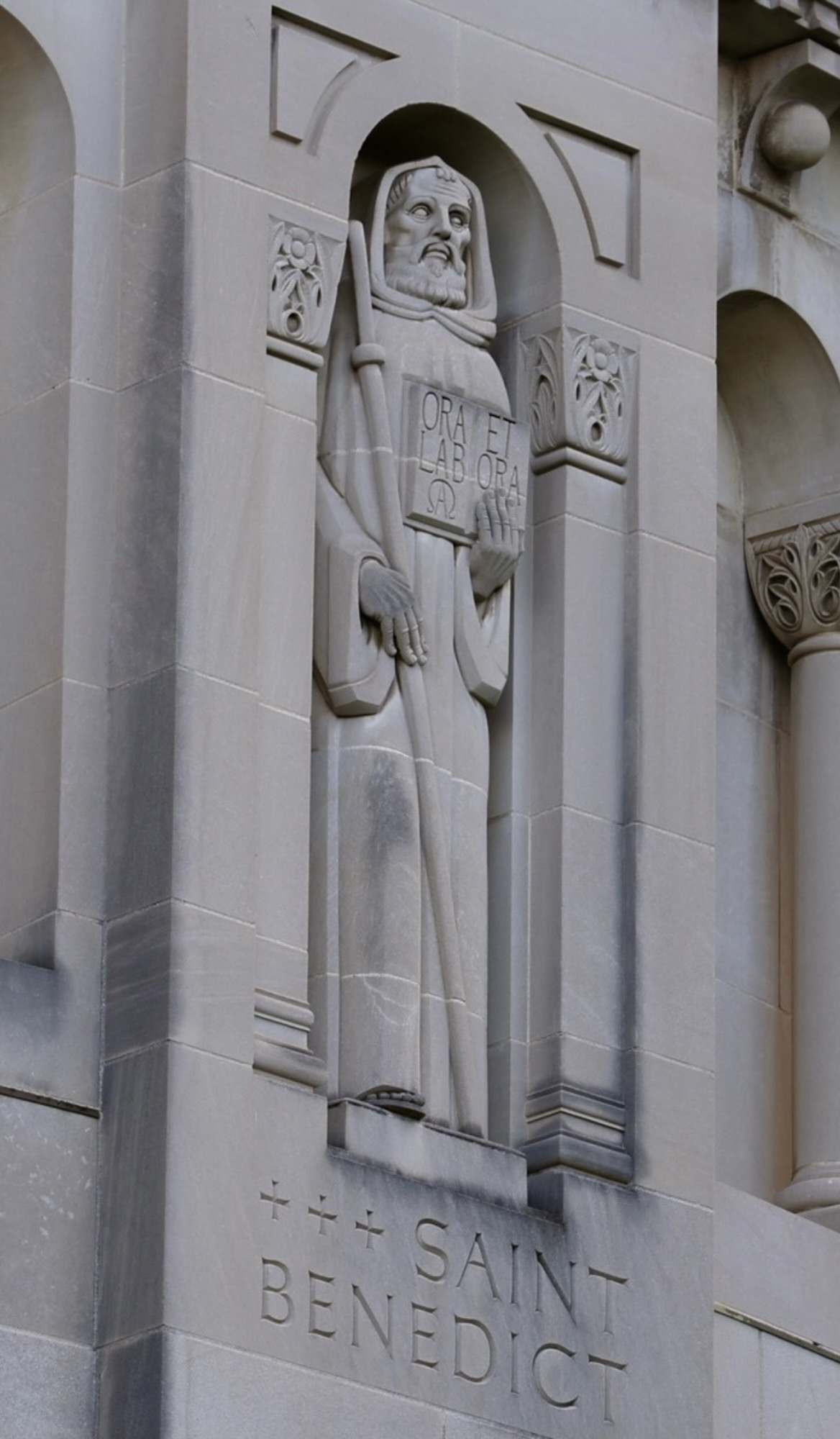
When Saint Benedict was born in 480 A.D., the Western Roman Empire had only just fallen. By the time he went to study law and literature in Rome as a young man, the region was still fraught with political turmoil and cultural dysfunction. The more Benedict witnessed his peers chase after worldly pleasures, the more disillusioned he became, until he finally decided to retreat to modern-day Affile to join a group of priests.
In Affile, St. Benedict found both blessings and trials. After gaining notoriety for performing a series of miracles, Benedict sought to distance himself from society, living as a hermit for three years. Not long after, he became an abbot in a monastery in Vicovaro, where he encountered resistance so severe that one of the monks attempted to poison him. Seeking refuge, Benedict fled to Subiaco, where he founded 12 communities of monks, and a 13th as a training monastery for young monks.
Even in Subiaco, however, Benedict was met with opposition. Because his notoriety and miracles angered other priests there, Benedict left to start the Abbey of Montecassino, which is now one of the world’s most famous monasteries. At Montecassino, he established the monastic order now known as the Benedictines, started a work of evangelism to the pagans, and wrote the Rule of St. Benedict, which became a foundational text for the operation of holy orders over the next 1,500 years. Today, St. Benedict is known as the patron saint of Europe.
Saint Lawrence of Brindisi – July 12
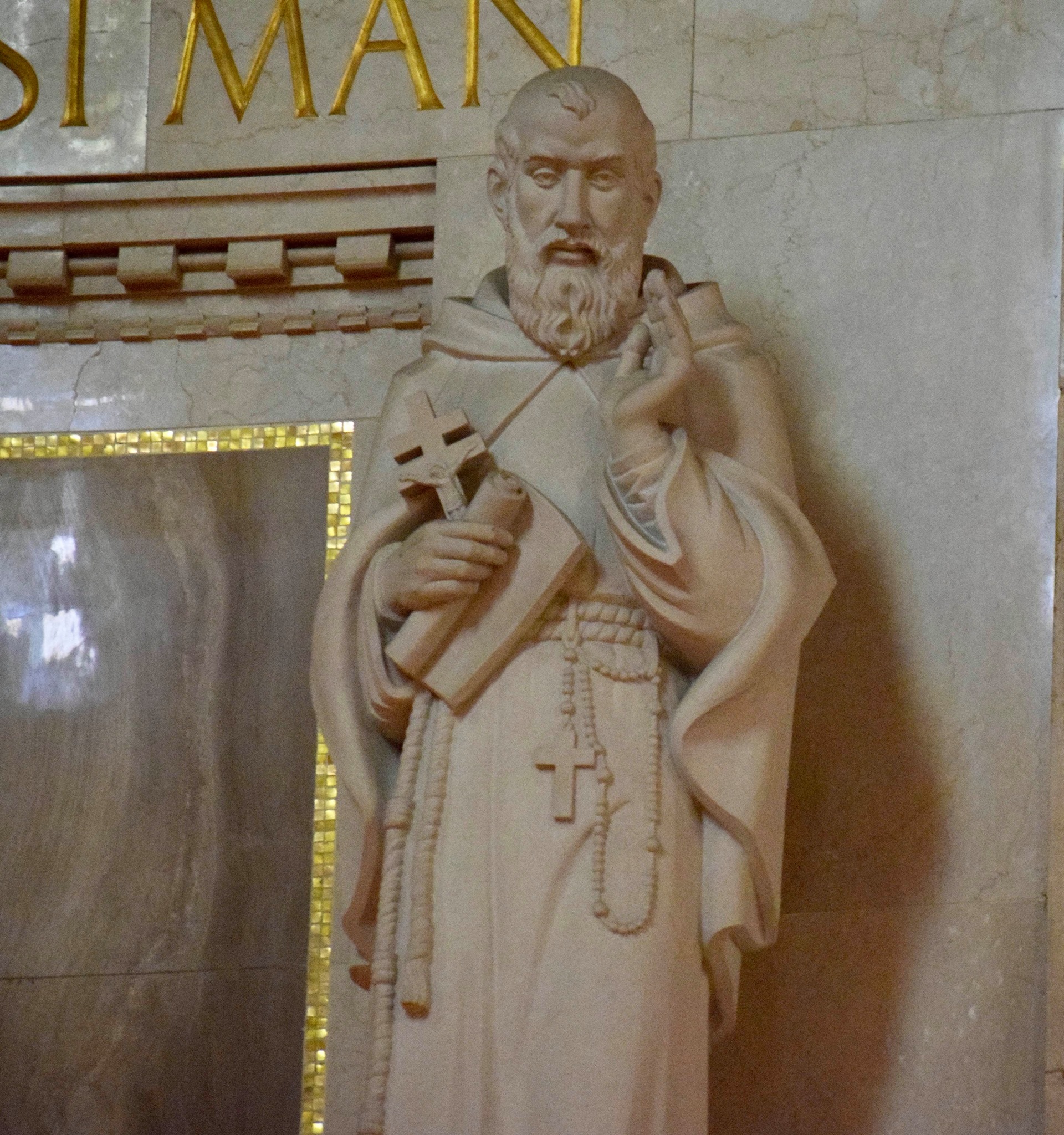
Saint Lawrence was born as Julius Caesar Russo in Brindisi, Italy in 1559. An exceptionally bright student, he studied at the University of Padua, where he learned various modern and ancient languages with ease. Upon joining the Capuchin Order in 1575, he took the name Lawrence, and in 1582 he was ordained in Venice and began to preach.
Lawrence is remembered as a man of profound faith and intellect. His knack for languages inspired him to linguistic study, and he examined the Scriptures in their original text, gleaning new observations. Lawrence also was well-versed in rabbinic texts, and so fluent in Hebrew that he could preach to Italy’s Jewish communities. He was fervently devoted to prayer and the observation of the Mass. An acclaimed Mariologist, he wrote extensively about Mary in a series of sermons called “Mariale.”
Lawrence was also a man of impressive strategic acumen; during his tenure as a chaplain for the imperial army, he offered tactical suggestions which resulted in tremendous military successes. In his time with the Capuchin Order, he served in a variety of capacities, including as professor of theology, novice master, minister provincial and definitor general, and minister general. In 1619, Lawrence passed away while on a diplomatic mission to Spain, after becoming gravely ill in Lisbon. He had traveled to speak with King Philip III on behalf of Neapolitans facing oppression from local authorities.
He is portrayed in the Basilica in a Trani marble statue in the East Apse of the Great Upper Church.
Saint Ignatius of Loyola – July 31
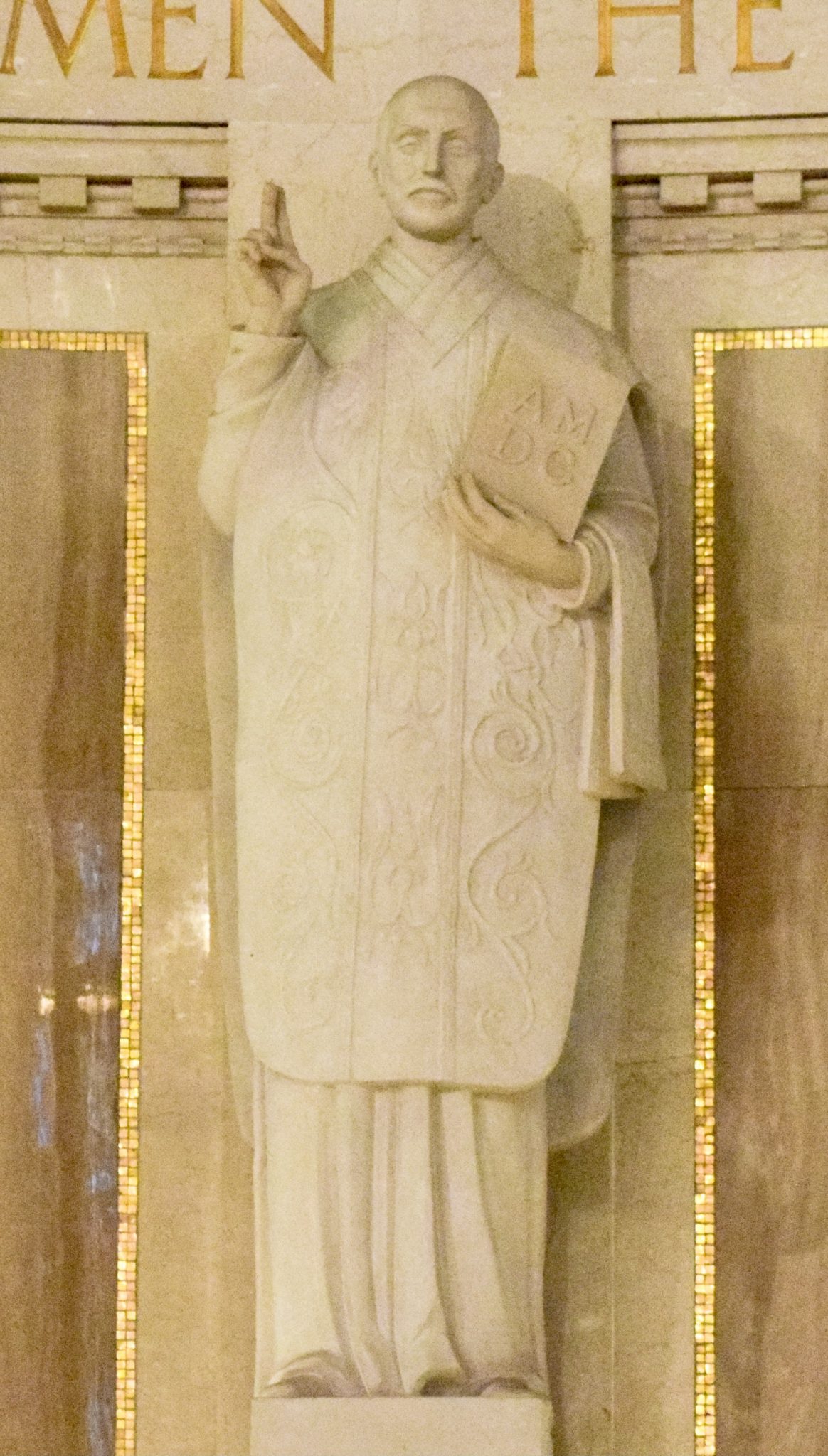
Saint Ignatius was born Inígo López de Loyola in 1491. The son of nobles, he spent his early life in a castle and became a knight in his twenties. Despite his diminutive stature – a mere five feet and two inches – he was a proud man driven to develop his prowess in battle. As he rose to prominence in the Spanish military, the renown he dreamt of seemed imminent.
But God had other plans. Ignatius suffered a debilitating injury at the battle of Pamplona, rendering him bedridden for an extended period of time. Following his injuries, Ignatius requested to read romances to fill the long hours of free time during his convalescence. However, he was informed that there were no romances available for him – only volumes on the lives of saints, which Ignatius soon found himself fascinated by. As he was a knight dedicated to a code of honor, the virtue of the saints likely inspired him. His reading sparked a journey that would lead him to an even higher code of honor: dedicating himself to be a “a knight for the glory of God.”
Once Ignatius recovered sufficiently to walk, he decided to make a pilgrimage to the Catalonian shrine of Our Lady at Montserrat. There, he laid his sword and dagger on the altar after keeping an all-night vigil, searching for spiritual enlightenment. In the months that followed, Ignatius began to write the work that would eventually be known as his Spiritual Exercises – a practical guide for meditation. In 1534, he joined with six friends from the university to form what would become known as the Society of Jesus, and later, the Jesuit order. When St. Ignatius passed away in 1556, the presence of the Jesuits was scattered in nine countries and provinces in South America, Europe, and India. Today, the Jesuits have approximately 16,000 members around the world.
Sources:
“A Life of Saint Benedict,” Saint Benedict Website.
Butler’s Lives of Saints, ed. Bernard Bangley.
“Global Community,” The Jesuits Global.
Remarks of Benedict XVI given in St. Peter’s Square on March 23, 2011. Accessed via the Vatican.
“Saint Benedict,” Franciscan Media.
“St. Benedict,” Britannica.
“St. Benedict, Abbott, Patron of Europe,” Vatican News.
“St. Ignatius of Loyola,” Britannica.
The Way of Saints, Tom Cowan.

